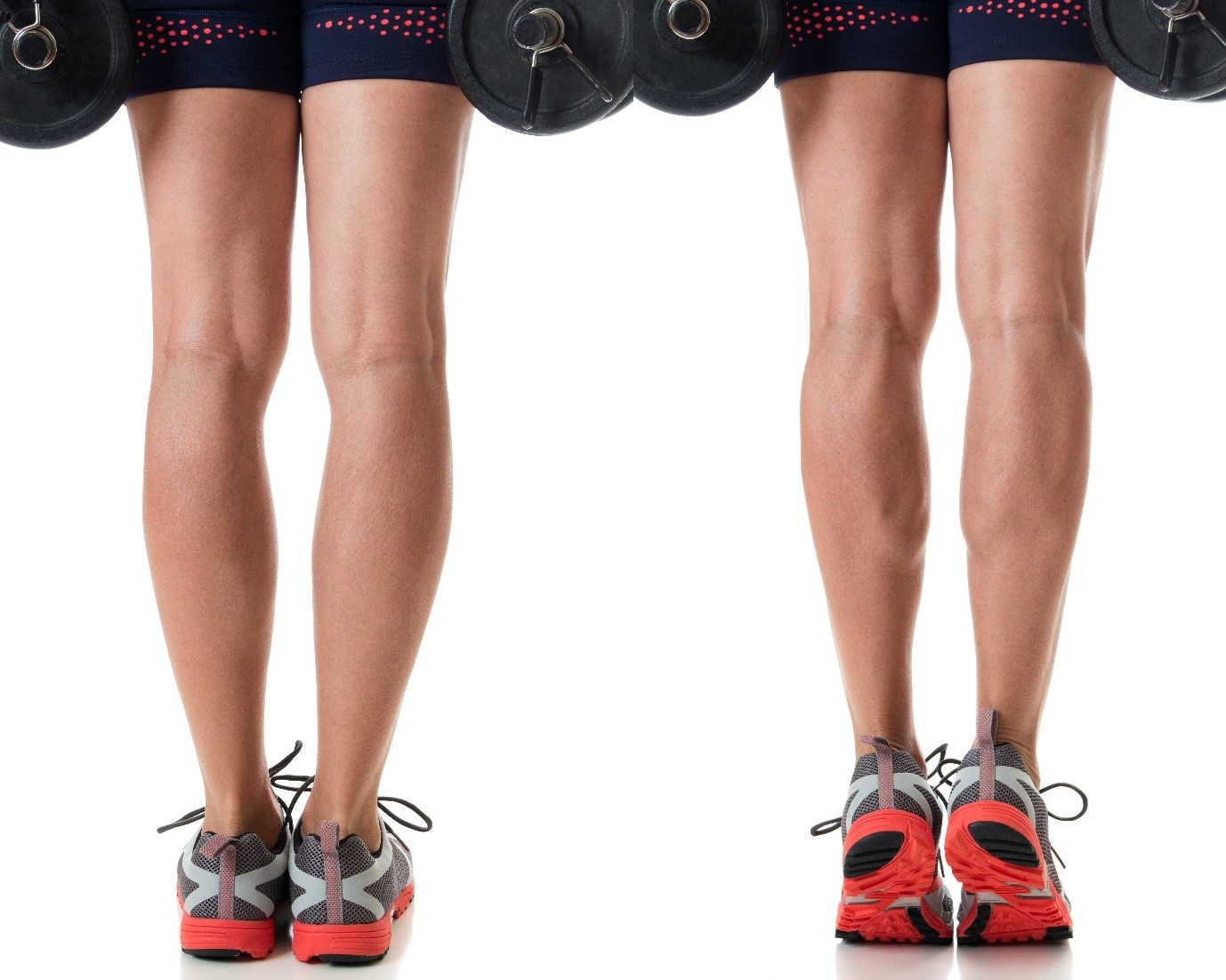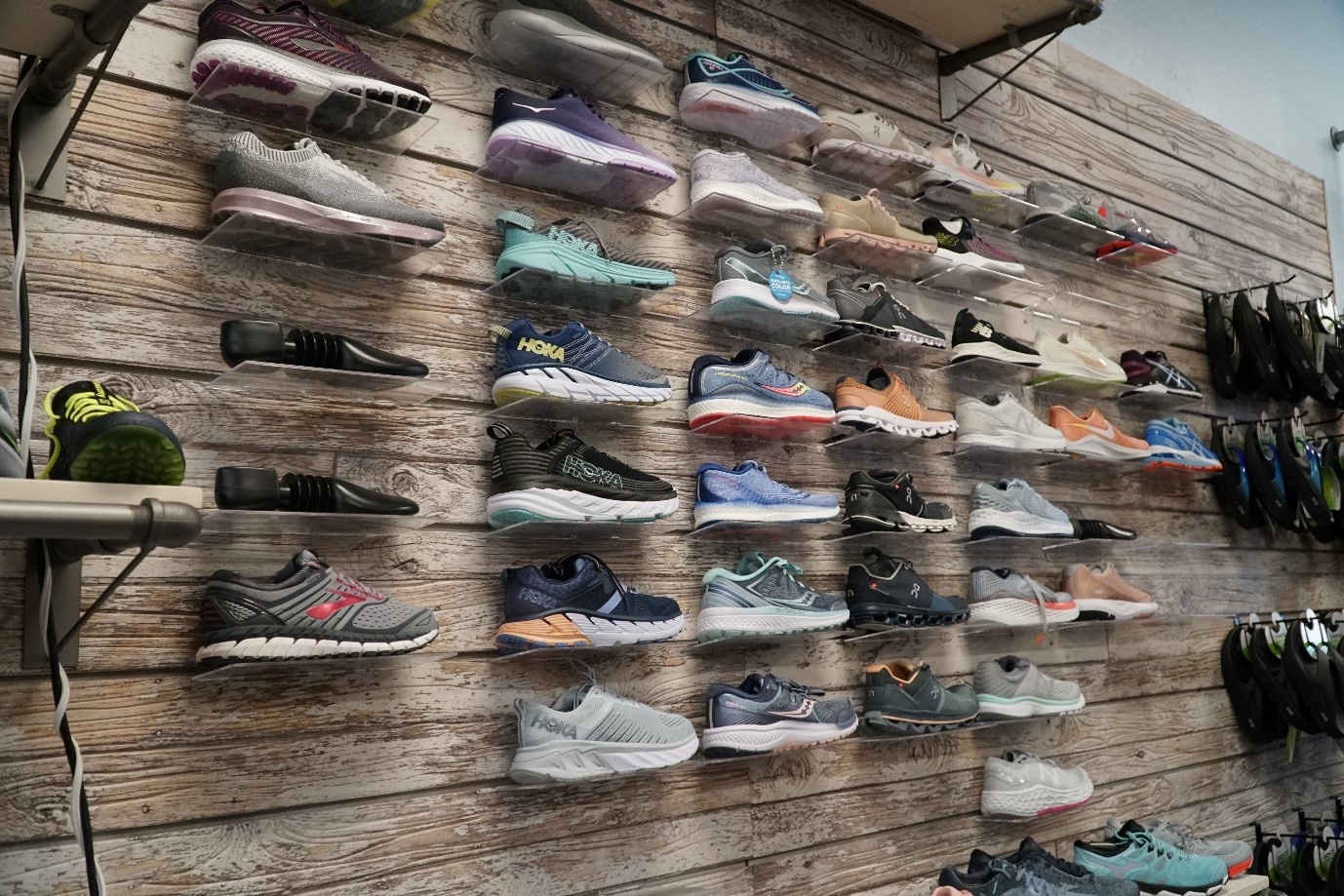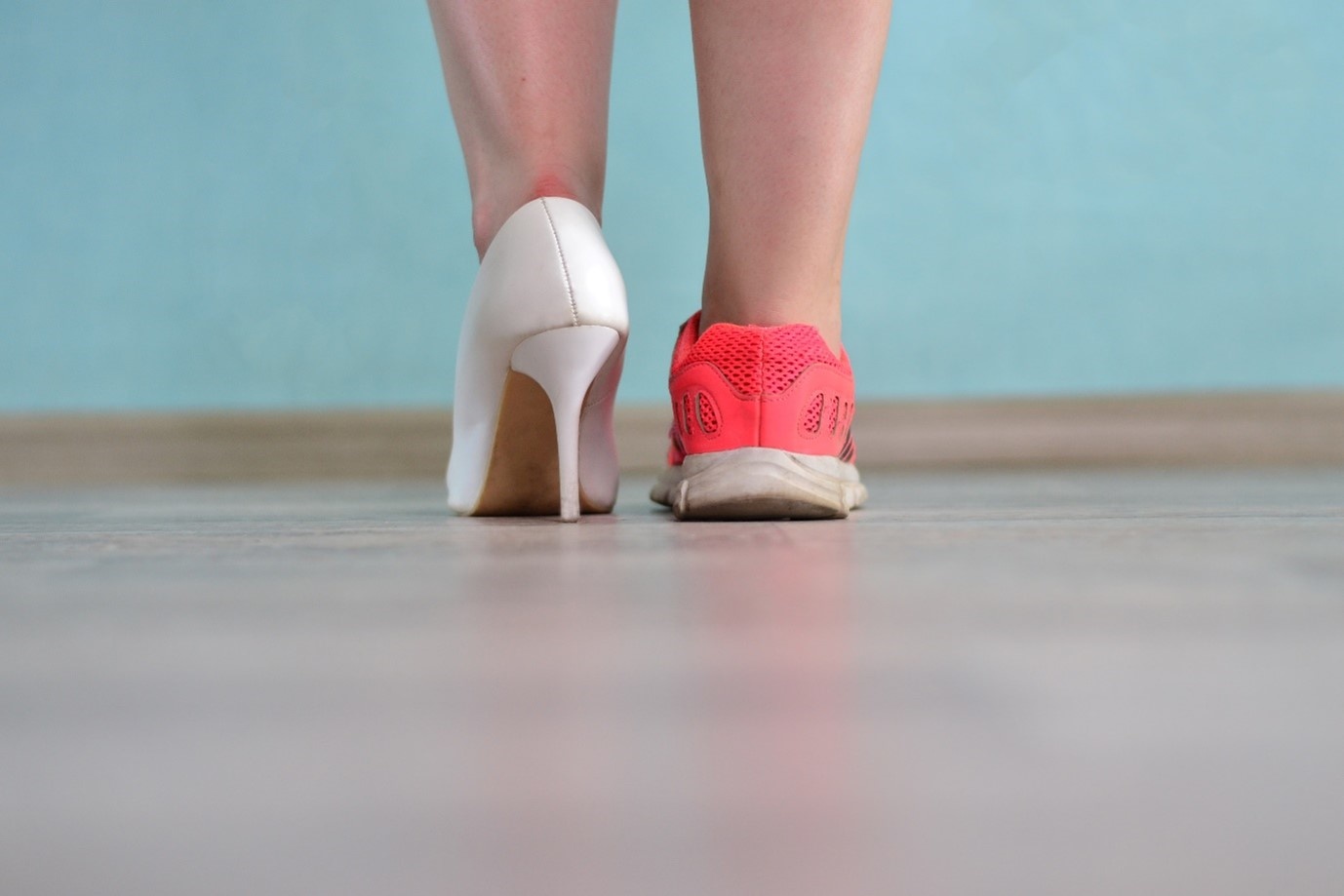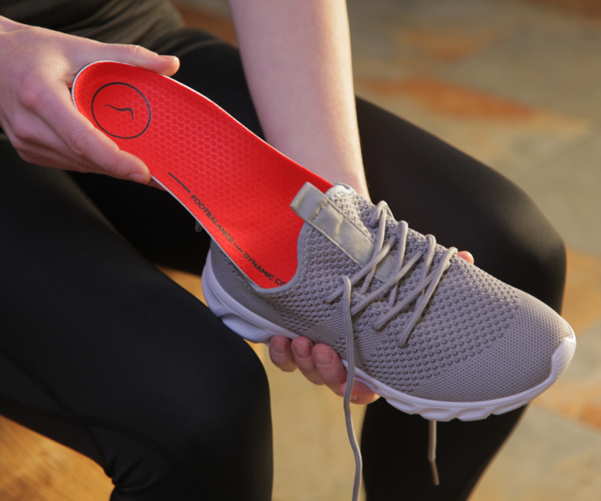There are many things you can do to prevent heel pain, so try to follow these tips if you're prone to it.
Have you ever experienced that sharp pain at the bottom of your heel? This is a medical condition called Plantar fasciitis. Its an inflammation of the ligaments under the foot. The pain usually occurs when taking a step after a long period of rest.
What Are the Symptoms?
- Heel pain is often felt under the heel or on the outer portion of the foot.
- Pain may also radiate along the lower leg or up into your lower back.
- You may experience numbness and tingling in the affected area as well.
If you’re suffering from heel pain, it can be hard to know how to move forward. In the early stages of heel pain, the best thing for you to do is try to run through those initial symptoms and see if your foot can heal itself with rest and ice. If a month goes by and your pain persists, though, it may be time to look at different ways that you can prevent heel pain from happening again in the future.
Now, it's not just about being prepared for when that horrible twinge in your heel decides to rear its ugly head: prevention is always better than cure!
Stretch and strengthen the fee

Many people spend hours every day sitting at their desks, and because of it, their feet and ankles can become achy. This is called "heel pain," and it occurs when the tendons in your feet are strained from sitting for too long. To prevent heel pain, begin to stretch the muscles in your feet by doing calf raises. The easiest way to do this is to stand up and hold on to the edge of a table or other solid surface while you raise both legs up on your toes. Do this for about 30 seconds, then repeat the routine three to five times.
For more advanced stretches that target specific problem areas in your foot, try massaging them with a golf ball or towel (which you can buy inexpensively at a drugstore).
Lose weight.

If you've put on some extra pounds over winter break (and let's face it - we all tend to do this), losing weight will help both your back and feet.
Ice and rest.

Ice is an effective method for reducing inflammation after an intense bout of exercise or activity. You can use ice packs or a frozen water bottle to reduce swelling and provide pain relief .
One study found that massaging the bottom of your foot with a frozen water bottle can help reduce inflammation as effectively as using ibuprofen (which is also an option). The cold from the frozen water helps increase blood flow while giving direct compression to the inflamed tissue. This technique works especially well before going to bed at night because it encourages tissue repair during sleep without requiring any conscious effort on your part!
Wear proper shoes.

How do you prevent heel pain? Wear bigger shoes! You may find yourself laughing because it seems so simple, but that's pretty much what it comes down to. A lot of people think their feet are too big for bigger shoes, but that isn't necessarily true: all depends on how wide the shoe is made compared to their foot size. If you've tried on a shoe before and thought it was too big for you because it looked awkward or felt uncomfortable... maybe go down 1/2 size? It always pays off when buying new shoes to ask sales associates about sizing recommendations as well.
A solid pair of shoes can help prevent injury, especially those that are supportive and allow your feet to work naturally. Heel pain can happen even after a single wearing of an ill-fitting pair of heels, so it's important to take time when shopping for shoes.
Don't be afraid to switch to different footwear.

Wearing heels has become the norm in today's society. For most people, there is no other option for footwear at a night out on the town or even at work. Unfortunately, this obsession with high heels has led to a rise of women suffering from chronic foot and heel pain. When you wear a pair of high heels too often, your foot becomes accustomed to a certain range of motion that it doesn't get any time you're walking around in flat shoes or barefoot. This can lead to problems when you try to wear normal footwear again; your muscles and tendons are used to being moved in certain ways, which can cause pain and injuries if they have to suddenly do something new.
There's no need to avoid high heels completely—you just need to learn how they affect your feet and what you can do about it.
Use Customized Insoles.

One of the greatest advantages of customized insoles is that they're designed specifically to provide more support and are specifically customized to fit your feet size and posture. If you get your feet analyzed by a specialist first, they can customize insoles tailored exactly to your needs while also considering things like current problems, activity restrictions, and even shoe options. Because of how comprehensive these pairs tend to be, they're generally more effective at solving problems than off-the-shelf ones.
Don't ignore heel pain that gets worse or persists for more than a month.

If you're experiencing pain in your heel that lasts for more than a month, see your doctor. If the pain goes away on its own, or if it persists after a month but feels better with rest or activity and is less bothersome, then you likely don't have a serious problem.
- If the pain persists after one month, or if it gets worse over time instead of feeling better with rest or activity—or if you find yourself limping—you may have developed a stress fracture in your heel bone (calcaneus). This can be due to an underlying condition such as weakened bone structure from osteoporosis, or it can simply be due to wear and tear on the bone caused by overuse (such as walking too much).
- Delaying treatment of a stress fracture puts your health at risk. The best way to heal this type of injury is to avoid putting weight on the foot and allow the bone to rest. An X-ray will help determine whether there's been damage to the bone itself. Your doctor may also order an MRI scan to visualize any other problems like inflammation in soft tissue around the heel.
- If your symptoms are severe, doctors may prescribe anti-inflammatory medications in addition to other treatment methods described here. Finding someone who can help you manage this condition through diet changes and exercise may be more beneficial long term, but sometimes it's necessary to start with medication first and then transition into other options more slowly over time!
















